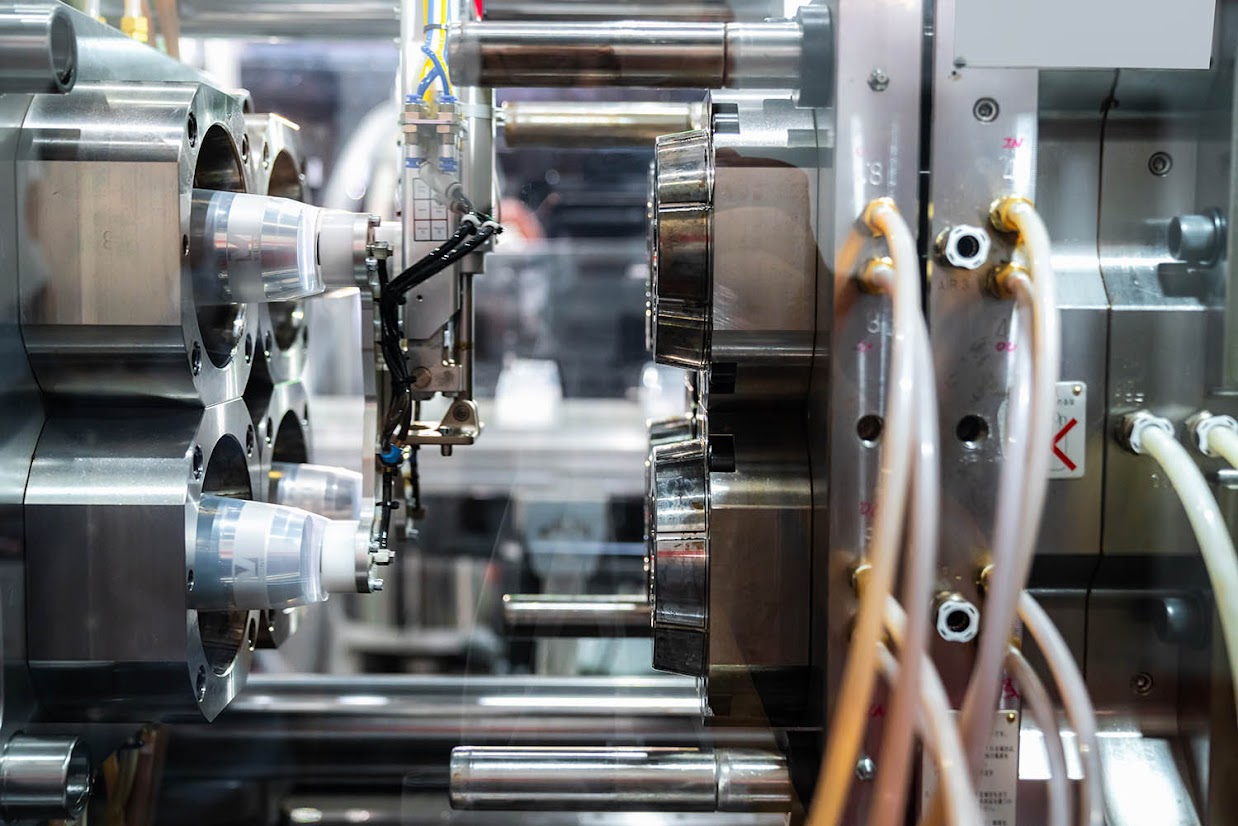
Stainless Steel vs. Aluminum: Which One is a Better Choice for Metal Fabrication?
When it comes to metal fabrication, the choice between stainless steel and aluminum is crucial. Each material has its own set of properties, advantages, and cost implications that make it suitable for specific applications. Understanding these differences can help you make an informed decision for your next project.
Properties
1. Strength and Durability:
Stainless steel is renowned for its strength and durability. It's an alloy primarily composed of iron, with a minimum of 10.5% chromium content, which gives it excellent corrosion resistance. Stainless steel can withstand high temperatures and is less prone to warping or deforming under stress. This makes it ideal for heavy-duty applications such as structural components in buildings, bridges, and industrial equipment. 
Aluminum, on the other hand, is a lightweight metal known for its high strength-to-weight ratio. While it is not as strong as stainless steel in absolute terms, its lightweight nature makes it suitable for applications where reducing weight is essential. This includes automotive parts, aerospace components, and consumer electronics. Despite being less strong, aluminum can still offer adequate durability for many applications, especially when alloyed with other metals.
2. Corrosion Resistance:
Stainless steel excels in corrosion resistance due to the presence of chromium, which forms a passive layer of chromium oxide on the surface. This layer protects the metal from rust and corrosion, even in harsh environments. For example, marine applications and chemical processing plants often utilize stainless steel because of its ability to resist corrosion from salty or acidic conditions.
Aluminum also has good corrosion resistance due to its natural oxide layer. However, it is more susceptible to pitting and crevice corrosion, especially in chloride-rich environments like coastal areas. To enhance its corrosion resistance, aluminum is often anodized, a process that thickens its natural oxide layer.
Cost
1. Material Cost:
Aluminum is generally less expensive than stainless steel. The lower cost is due to aluminum’s abundance and the lower energy required to produce it. This makes aluminum a cost-effective choice for projects with budget constraints or where large quantities of metal are needed.
Stainless steel, being more complex to produce and often containing more expensive alloying elements like nickel and molybdenum, tends to be more costly. However, its longevity and lower maintenance costs can offset the initial expense in the long run.
2. Fabrication Costs:
Fabrication costs can vary significantly between the two metals. Aluminum is easier to cut, shape, and machine due to its lower density and softer nature. This results in lower fabrication costs and faster production times. For instance, in the automotive industry, aluminum’s ease of fabrication allows for rapid prototyping and manufacturing.
Stainless steel, while more challenging to machine due to its hardness, can be fabricated using advanced techniques. Laser cutting and precision welding are often employed to work with stainless steel, which can increase the cost and complexity of fabrication. However, the superior strength and finish of stainless steel often justify these additional expenses.
Applications
1. Structural and Industrial Use:
Stainless steel’s strength, heat resistance, and corrosion resistance make it the material of choice for structural and industrial applications. It’s commonly used in the construction of skyscrapers, bridges, and industrial machinery. For example, the structural beams of high-rise buildings often rely on stainless steel for their exceptional load-bearing capacity and durability.
2. Automotive and Aerospace:
In contrast, aluminum’s lightweight properties are highly valued in the automotive and aerospace industries. Reducing weight is crucial for improving fuel efficiency and performance. Aluminum is used extensively in car frames, aircraft bodies, and even spacecraft components. For instance, the use of aluminum in car manufacturing has significantly increased in recent years to meet stringent fuel economy standards.
3. Consumer Products:
Both metals are used in consumer products, but their applications differ. Stainless steel is favored for kitchen appliances, medical instruments, and outdoor furniture due to its aesthetic appeal and resistance to wear and tear. Aluminum, being lighter and easier to mold, is commonly found in electronic casings, beverage cans, and sporting equipment.
Conclusion
Choosing between stainless steel and aluminum for metal fabrication depends on the specific requirements of your project. If you need a material that offers superior strength, durability, and corrosion resistance, stainless steel is likely the better choice. However, if cost, weight reduction, and ease of fabrication are your primary concerns, aluminum may be more suitable.
Ultimately, both metals have their unique advantages and can perform exceptionally well in the right applications. By carefully considering the properties, costs, and intended use of each metal, you can select the material that best meets your fabrication needs.






